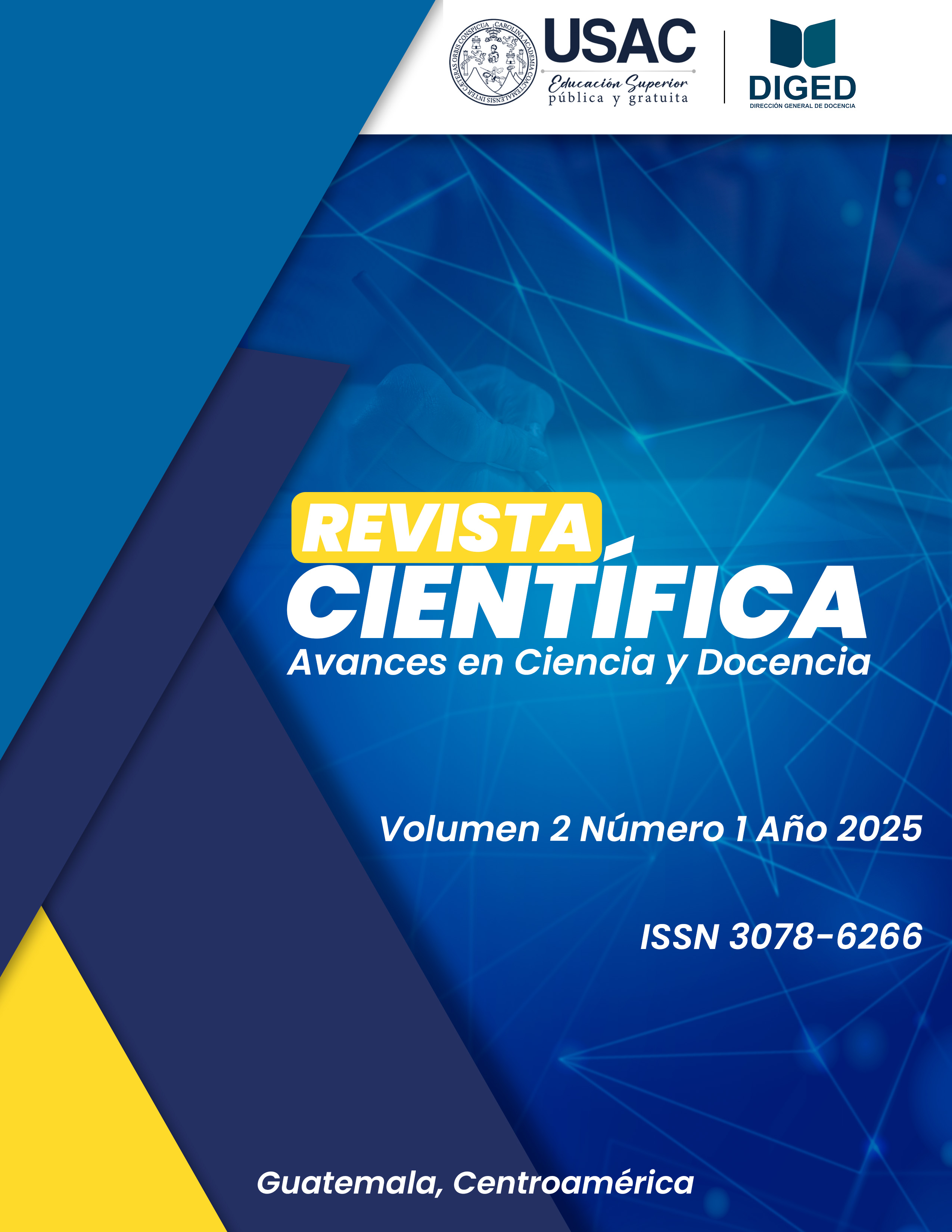Application of the Ontosemiotic Approach in Linear Algebra: Modeling and Cryptography through Software Development
DOI:
https://doi.org/10.70939/revistadiged.v2i1.28Keywords:
linear algebra, mathematics education, ontosemiotic approach, computational modeling, cryptographyAbstract
OBJECTIVE: To apply the ontosemiotic approach to mathematical cognition and instruction to design a didactic proposal that integrates Linear Algebra content with technological tools, facilitating its understanding and functionality in Systems Engineering contexts. METHOD: A qualitative approach was adopted through a didactic intervention design based on the principles of the ontosemiotic approach. The proposal was implemented with a group of second-year university students in Systems Engineering, who participated in a didactic sequence structured in three phases: epistemic configuration, computational modeling, and cryptographic application. Data collection included student-produced work, performance records, metacognitive reflections, and analysis of the developed software. RESULTS: A significant improvement was observed in the functional understanding of mathematical objects such as matrices, determinants, linear transformations, and systems of equations. Students successfully integrated theoretical knowledge with computational applications by developing a program capable of solving algebraic problems and executing basic encryption processes. A fluent transition among symbolic, operational, and computational representations was evidenced, along with a meaningful reconfiguration of mathematical knowledge. CONCLUSION: The use of the ontosemiotic approach as a didactic guide fostered meaningful learning by linking theory and practice within a technologically relevant environment. The proposal proves to be replicable in other technological subjects requiring integration between abstract thinking and the functional application of mathematical knowledge.
References
Font, V., Godino, J. D., & Wilhelmi, M. R. (2010). The onto-semiotic approach to research in mathematics education. ZDM – The International Journal on Mathematics Education, 42(5), 597–609. https://doi.org/10.1007/s11858-010-0260-2
Godino, J. D., Batanero, C., & Font, V. (2007). Fundamentos de la Didáctica de la Matemática. Departamento de Didáctica de la Matemática, Universidad de Granada.https://www.ugr.es/~jgodino/edumat-maestros/manual/1_Fundamentos.pdf
Godino, J. D., & Wilhelmi, M. R. (2006). Una aproximación ontosemiótica al conocimiento didáctico-matemático del profesor. Revista Latinoamericana de Investigación en Matemática Educativa, 9(Extra), 219–252. https://www.redalyc.org/pdf/335/33511978012.pdf
Godino, J. D., Batanero, C., Burgos, M., & Gea, M. M. (2021). Una perspectiva ontosemiótica de los problemas y métodos de investigación en educación matemática. Revemop, 3, e202107. https://doi.org/10.33532/revemop.e202107 DOI: https://doi.org/10.33532/revemop.e202107
Godino, J. D., Giacomone, B., Batanero, C., & Font, V. (2017). Enfoque ontosemiótico de los conocimientos y competencias del profesor de matemáticas. Bolema, 31(57), 90–113. https://doi.org/10.1590/1980-4415v31n57a05 DOI: https://doi.org/10.1590/1980-4415v31n57a05
Ruiz Castillo, J. C. (2021). La aplicación de herramientas digitales con el enfoque ontosemiótico y su influencia en el aprendizaje de funciones exponenciales y logarítmicas [Tesis de maestría, Universidad de San Carlos de Guatemala]. Repositorio USAC. DOI: https://doi.org/10.36958/sep.v5i1.92
http://biblioteca.usac.edu.gt/tesis/12/12_0459.pdf
Ruiz Castillo, J. C. (2024a). La filosofía de las matemáticas: desde la ontología y epistemología hasta la pedagogía escolar. Revista Científica Avances en Ciencia y Docencia, 1(1), 37–46. https://doi.org/10.70939/revistadiged.v1i1.4 DOI: https://doi.org/10.70939/revistadiged.v1i1.4
Ruiz Castillo, J. C. (2024b). El rol fundamental de las matemáticas en la educación primaria: construyendo bases sólidas para el futuro. Revista Diversidad Científica, 4(2), 139–152. https://doi.org/10.36314/diversidad.v4i2.136 DOI: https://doi.org/10.36314/diversidad.v4i2.136
Ruiz Castillo, J. C. (2025). Aplicación del enfoque ontosemiótico y la incidencia en el estudio de la conjetura de Collatz desde las ciencias de la complejidad [Tesis doctoral, Universidad de San Carlos de Guatemala].
https://drive.google.com/file/d/1LZck3ra227nzbIpJVSk8v4ByM6WcHKjd/view?usp=drive_link
Tall, D. (2004). Thinking through three worlds of mathematics. Proceedings of the 28th Conference of the International Group for the Psychology of Mathematics Education, 4, 281–288. https://files.eric.ed.gov/fulltext/ED489538.pdf
Downloads
Published
How to Cite
Issue
Section
License
Copyright (c) 2025 Juan Carlos Ruiz Castillo

This work is licensed under a Creative Commons Attribution 4.0 International License.
Authors who publish with this journal agree to the following terms:
- Authors retain copyright and grant the journal right of first publication with the work simultaneously licensed under a Creative Commons Attribution License 4.0 that allows others to share the work with an acknowledgement of the work's authorship and initial publication in this journal.
- Authors are able to enter into separate, additional contractual arrangements for the non-exclusive distribution of the journal's published version of the work (e.g., post it to an institutional repository or publish it in a book), with an acknowledgement of its initial publication in this journal.
- Authors are permitted and encouraged to post their work online (e.g., in institutional repositories or on their website) prior to and during the submission process, as it can lead to productive exchanges, as well as earlier and greater citation of published work.





